There are 102 calories in 1 tablespoon of Butter. Calorie breakdown: 100% fat, 0% carbs, 0% protein. Common Serving Sizes: Serving Size Calories; 1 pat (1" sq, 1/3" high) 36: 1 tbsp: 102: 1 oz: 203: 100 g: 717: Related Types of Butter: Unsalted Butter Stick: Salted Whipped Light Butter Tub:. It's smooth, creamy, easy to spread and made of high-quality cream. Grade A butter features "a pleasing and desirable butter flavor.". That means it may have a stronger flavor and is slightly coarser than Grade AA. Grade B butter "possesses a fairly pleasing butter flavor," isn't as fresh and can be crumbly or sticky.

Butter Conversion Chart

Types of Baking Fats and their Functions Beat Bake Eat

Butterfat Description, Uses, & Fat Content Britannica
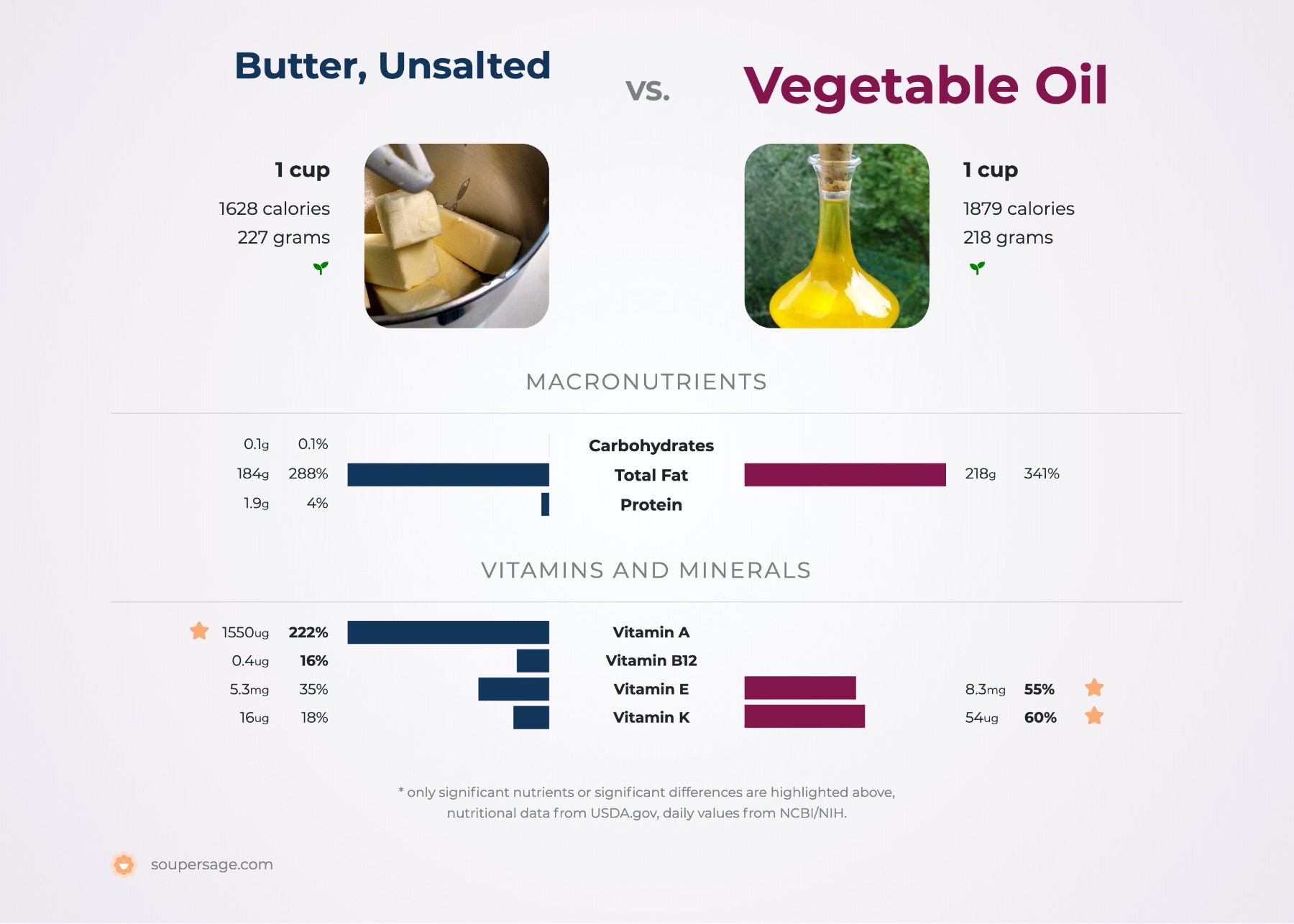
Nutrition Comparison Vegetable Oil Vs Butter, Unsalted

Pin on Nutrition
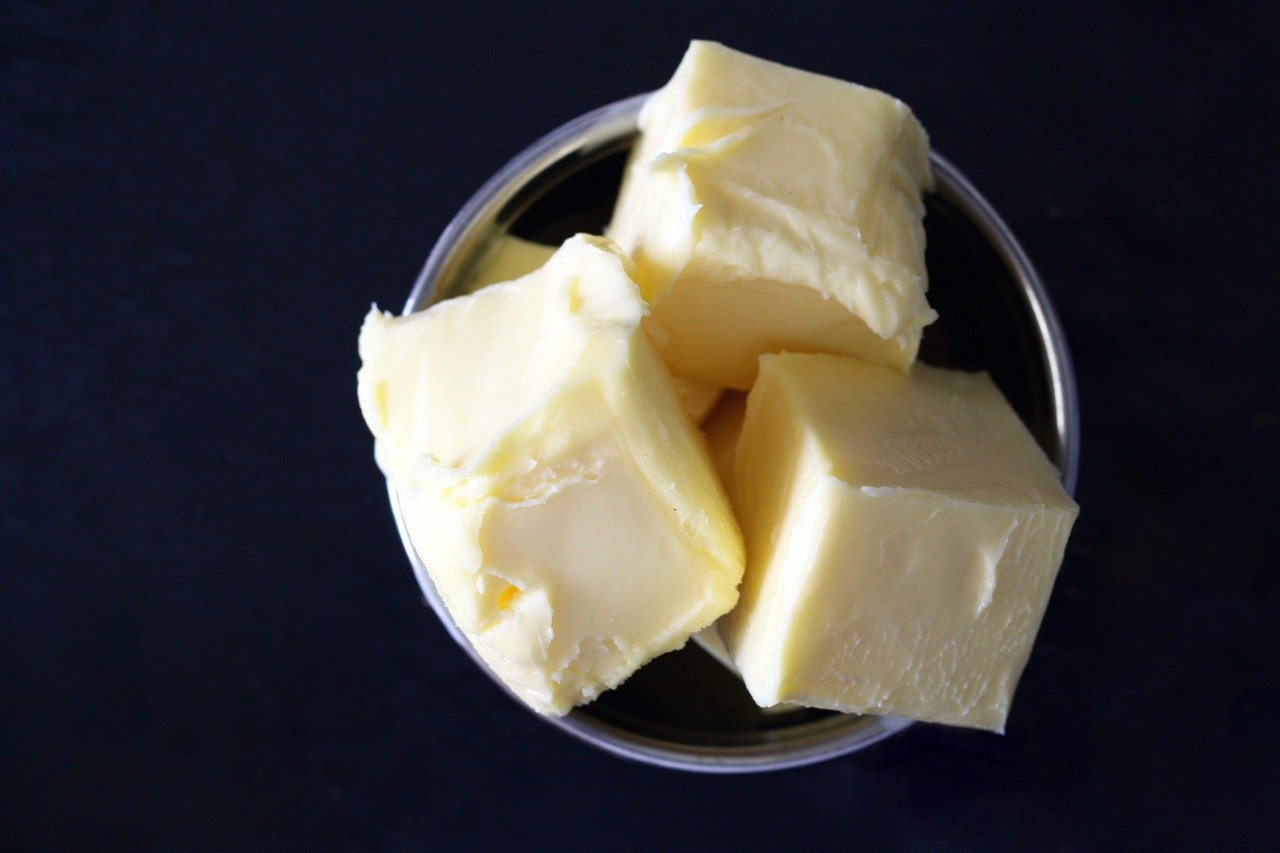
Solid Fat Content Analysis SFC Analyzer Bruker

Microblog The Nutrition Facts of Butter Nutrition with Judy

Science of Butter Explained in One Image (Infographic) Food Crumbles

Butter Eat Smarter USA
/almond-butter-d27f36a757724fc29c503add8107e0e2.jpg)
Almond Butter Nutrition Facts and Health Benefits
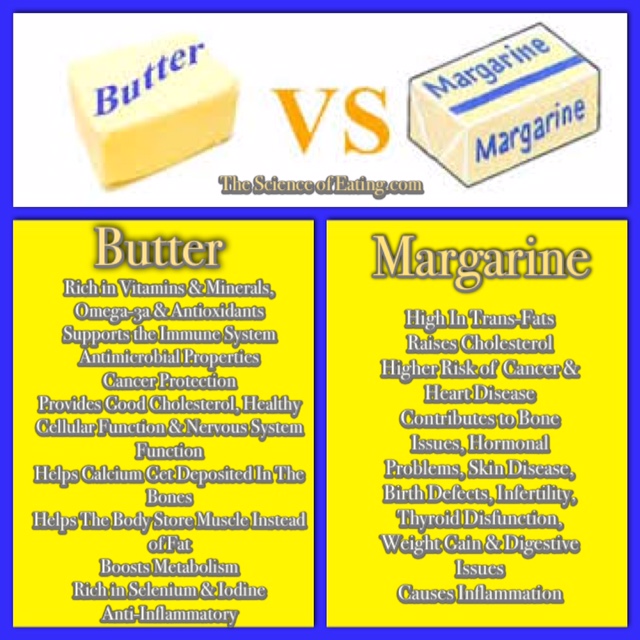
amudu Butter vs. Margarine (Plus 10 Healthy Fats We Love!)..
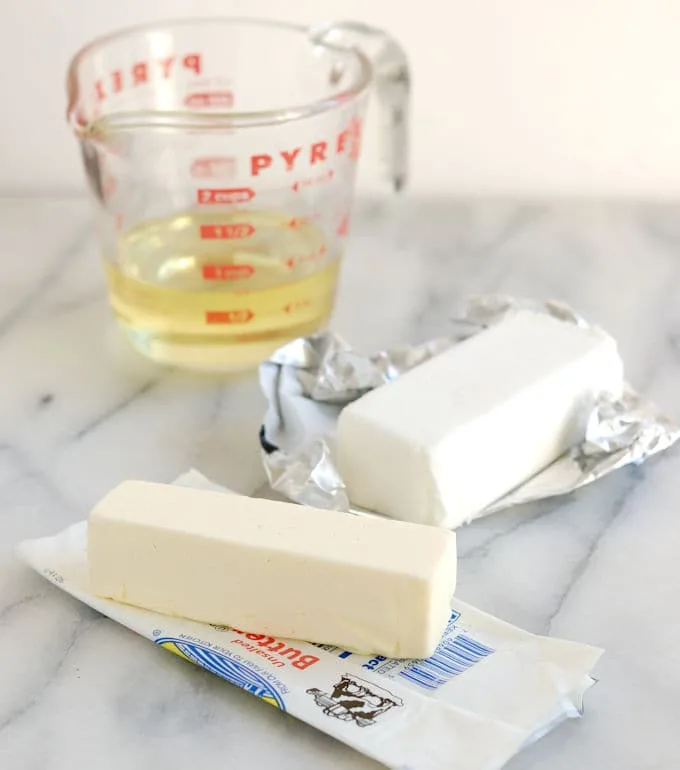
The Function Butter & Other Fats in Cake Batter Baking Sense®
/butter_annotated-16870093f3724bd1ac796019093ecc05.jpg)
Butter Nutrition Facts and Health Benefits

How to Melt Fat Like Butter With Butter ( Eat Butter Lose Weight ) YouTube

Pin on Nutrition Diva podcast

Your Guide to the Different Types of Butter Taste of Home
:max_bytes(150000):strip_icc()/butter-measurements-in-Australia-256217_v4-5c112f69c9e77c000132bf41.jpg)
Converting Grams of Butter to US Tablespoons

WHY BUTTER IS ONE OF THE BEST FATS THERE IS Natruly Blog

Counter or Fridge? Where do you keep your butter? Butterie
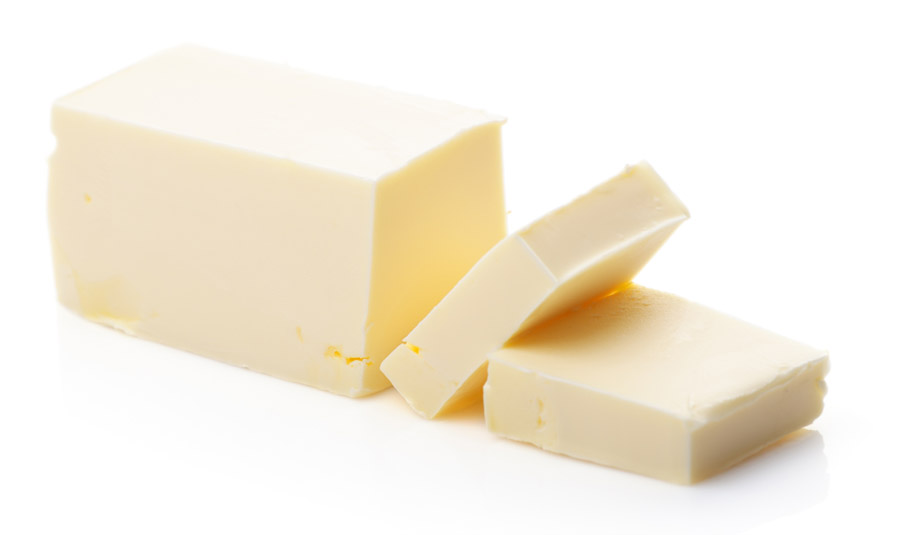
Mizzou Nutrition Mythbusters Myth All fats are created equal.
Cacao butter is 100% fat. Use less than you'd use in a recipe that calls for butter because butter only has 80% fat content. Avocado. With a creamy texture and mild taste, avocado is great for.. Dietary fat is the fat that comes from food. The body breaks down dietary fats into parts called fatty acids that can enter the bloodstream. The body also can make fatty acids from the carbohydrates in food. The body uses fatty acids to make the fats that it needs. Fats are important for how your body uses many vitamins.